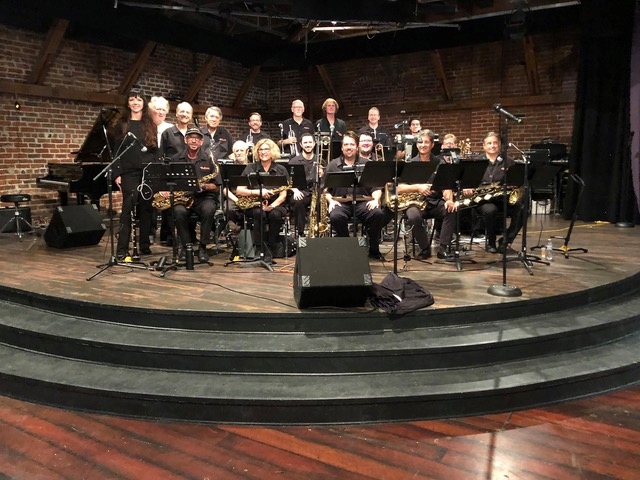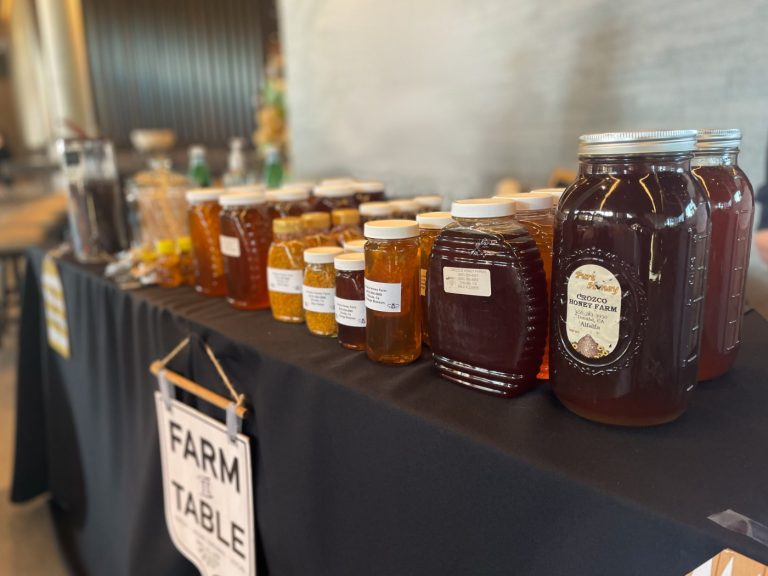The auction of an iconic California office campus entered its fifth month due to an odd selling process that essentially gives participants control of the deadline.
The federal government’s exit from the eye-catching Chet Holifield Federal Building – better known as the “Ziggurat” – began June 5. The initial auction deadline for the building plus 89 acres in Laguna Niguel was July 31, but it came with a big “but” in the rules.
You see, this auction run by the General Services Administration has a “soft close” – if the high price is topped in a 24-hour period, the auction is extended for another 24 hours.
And on July 31 – and for every business day through Thursday, Oct. 3 – that extra bidding threshold was met.
Consider the math of this curious auction technique: On July 31, the first deadline, the Ziggurat price tag was $136.8 million. The 45 added days of bidding increased that to $169.2 million as of Thursday.
That’s $32.4 million-plus above July 31. And that’s $99.2 million above the original ask of $70 million for this prime Orange County land.
Yes, sellers win by basically letting buyers run the show.
People power
The soft close uses its open-ended timing to act like a human auctioneer, explains auction expert Peter Cramton of Del Mar.
38 QUESTIONS: What can fix California’s housing mess? CLICK HERE!
The professor emeritus from the University of Maryland says the approaching deadline for a soft close – what’s known as the inactivity period – “is exactly what the auctioneer does – looks for the raised hand with a new bid.”
Cramton adds, “the ‘Going once! Going twice!’ is the inactivity period.”
Now, most people’s initial reaction to the soft-close concept is, “this is ridiculous. “It could go on forever,” Cramton acknowledges.
But the professor notes that research shows soft close auctions are “quite sensible” with almost no way bidders can game the system.
“The person who values it the most will likely win, which is what you want,” he says.
eBay vs. Amazon
Online technology has struggled to replace the auctioneer’s touch – working a room to keep the bids smoothly flowing.
Consider how eBay became an internet sensation as a pioneering online auction website. Most of its sales were done through auctions that had hard deadlines.
The problem, however, was “bidders had strong incentive to snipe – wait until the last moment,” Cramton says.
The late “sniping” can be used by participants to avoid extended – and potentially expensive – bidding wars. Or it’s a way to hide what may be hidden value in the item for sale. And what about the higher bids that miss the online “Sold!” gavel by nanoseconds?
So hard-close auctions can fail to produce the best results for the sellers. Much of eBay’s business today is through traditional online retailing or auctions with “buy now” features – pricing that avoids bidding.
Next, consider Amazon’s brief attempt at online auctions in 1999-2001, which was set up differently than eBay. It used a “soft close” method.
The online retailer’s pitch was, “Our ‘Going, Going, Gone’ feature ensures that you always have an opportunity to challenge last-second bids.”
Amazon auction rules stated that any bid in the last 10 minutes before the deadline would keep the auction going for another 10 minutes.
Auctioning homes
Daren Blomquist has been fascinated by Ziggurat’s bidding theatrics.
“It’s pretty amazing to see that price realization in action,” says the vice president for market economics for Auction.com, an Irvine-based online real estate market.
REAL ESTATE NEWSLETTER: Get our free ‘Home Stretch’ by email. SUBSCRIBE HERE!
When his company offers soft-close auctions for residential properties, the timing is far quicker. House hunters often don’t have the patience to wait weeks or months, unlike a bidder seeking a long-term development property like Ziggurat.
Still, while the pluses of soft-close auctions to the seller seem obvious – better pricing, Blomquist notes the auction winner benefits, too.
“Buyers avoid the so-called winner’s curse by giving them information about how other prospective buyers value the property,” he adds.
Cramton wonders why auctions of any style aren’t more widely used to sell all sorts of residential housing nationwide. He sees them as fast and efficient ways to maximize pricing.
Yet, auctions are typically used only to sell US homes with financially distressed ownership.
“We don’t need thousands of real estate agents,” the professor says.
Jonathan Lansner is the business columnist for the Southern California News Group. He can be reached at jlansner@scng.com
Related Articles
Tech titan shopping spree in South Bay tops $390 million with new deal
Whole Foods store in Oakland is bought for more than $40 million
Big Fremont office park occupied by German tech titan lands buyer
Former Navy base in Alameda draws transportation company startups
Santana Row in San Jose lands cosmetics store and top-level restaurant












